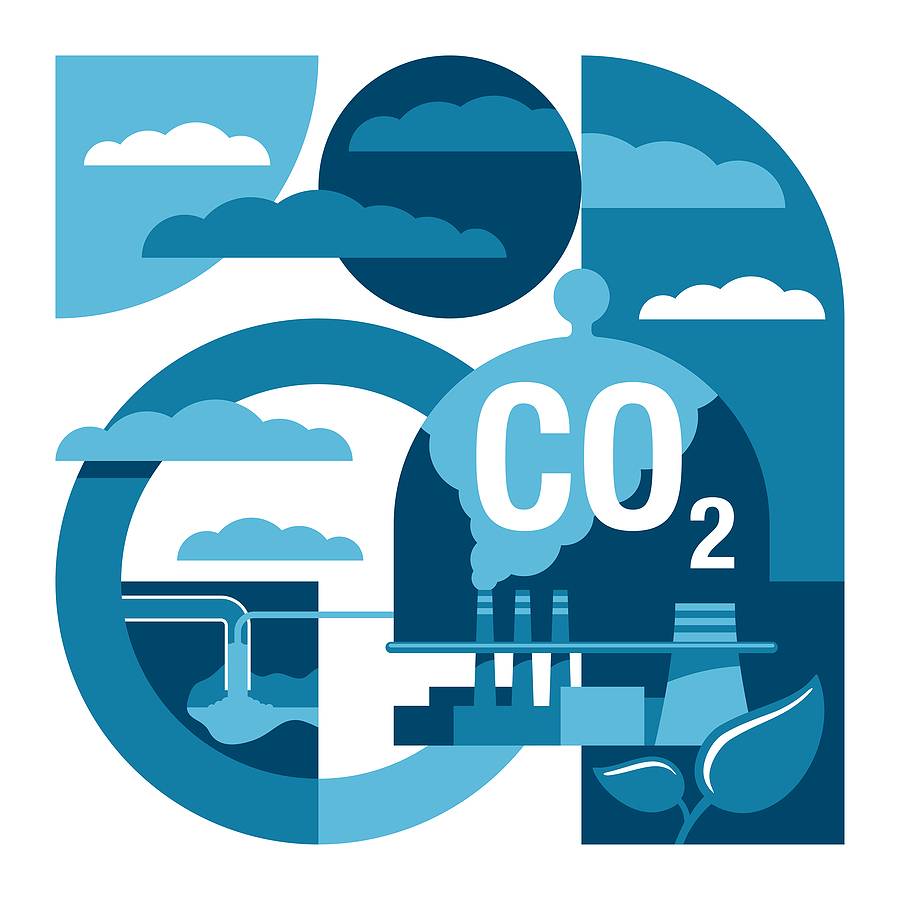Pennsylvania may soon begin capturing and sequestering carbon underground with the passage of a measure that one Republican senator calls a “pragmatic solution” to address climate change concerns without interfering with economic activity.
Senate Bill 831 seeks to “provide [e] for the injection of carbon dioxide into an underground reservoir for the purpose of carbon sequestration,” a novel approach to mitigating carbon emissions. It has gained traction among climate advocates in recent years.
The Senate Environmental Resources and Energy Committee approved the bill on Wednesday.
Peter Psarras, a research assistant professor at the University of Pennsylvania’s Department of Chemical and Biomolecular Engineering, told DVJournal the practice involves “storage of CO2 in a non-atmospheric system, and usually for meaningful time periods.
“There is a bit of back-and-forth over what constitutes meaningful in this sense,” Psarras said, “but we’re mostly concerned with ensuring that the CO2 does not revert back to the atmosphere any time soon.”
He said the maximum ideal storage time is more than 1,000 years.
State Sen. Gene Yaw, the bill’s prime sponsor, told DVJournal the bill “is a proactive step to secure Pennsylvania’s future as a hub for carbon capture and sequestration.”
“It’s a pragmatic solution to a problem that we all want to solve – reducing our carbon emissions without crippling the reliability of our existing power grid,” Yaw said. “Pennsylvania is uniquely qualified to develop a vast [carbon capture] network, thanks to our robust energy industry and extensive geological formations.”
“We should act now to establish a solid regulatory framework that will attract investment, development, and economic opportunity for decades to come.”
In carbon sequestration, CO2 is captured during industrial processes such as energy generation and heavy fabrication outfits. The gas is then compressed and stored in underground rock formations. In some cases, CO2 can also be used to produce materials such as graphene, which can be used in smartphone screens.
Carnegie Mellon Thomas Lord University Professor of Chemistry Neil Donahue said large-scale carbon sequestration is likely feasible–if it’s done right.
“Most oil and gas formations already have a lot of CO2 in them, which typically just vents from the wells,” he explained. “For the most part, those formations do not leak unless we poke a hole in them.”
Donahue said the formations “have held the gas and oil (and CO2) for millions of years. So shoving new CO2 into them probably would work.”
Hannah Wiseman, a Wilson Faculty Fellow in the College of Earth and Mineral Sciences at Penn State said studies have shown carbon sequestration is an “essential” component to mitigating the worst theoretical effects of climate change.
“Many criticize carbon sequestration as allowing continued production of fossil fuels while capturing the carbon,” Wiseman said.
“But the technique of direct air capture simply removes carbon from the atmosphere—a critical enterprise given that even if we were to reduce [greenhouse gas] emissions tomorrow, there would be massive quantities of GHGs still in the atmosphere and being released from the oceans, continuing to contribute to climate change.”
Yaw’s bill said carbon capture “will benefit [Pennsylvania] and the global environment by reducing greenhouse gas emissions and will help to ensure the viability of the energy and power industries of [the state].”
The state Department of Conservation & Natural Resources said it “has been engaged on the topic of carbon capture utilization and storage for nearly 20 years.”
The state “has geologic resources in the western and northern portions of the state that could be used for beneficial use or permanent storage of CO2,” the DCNR claims.

